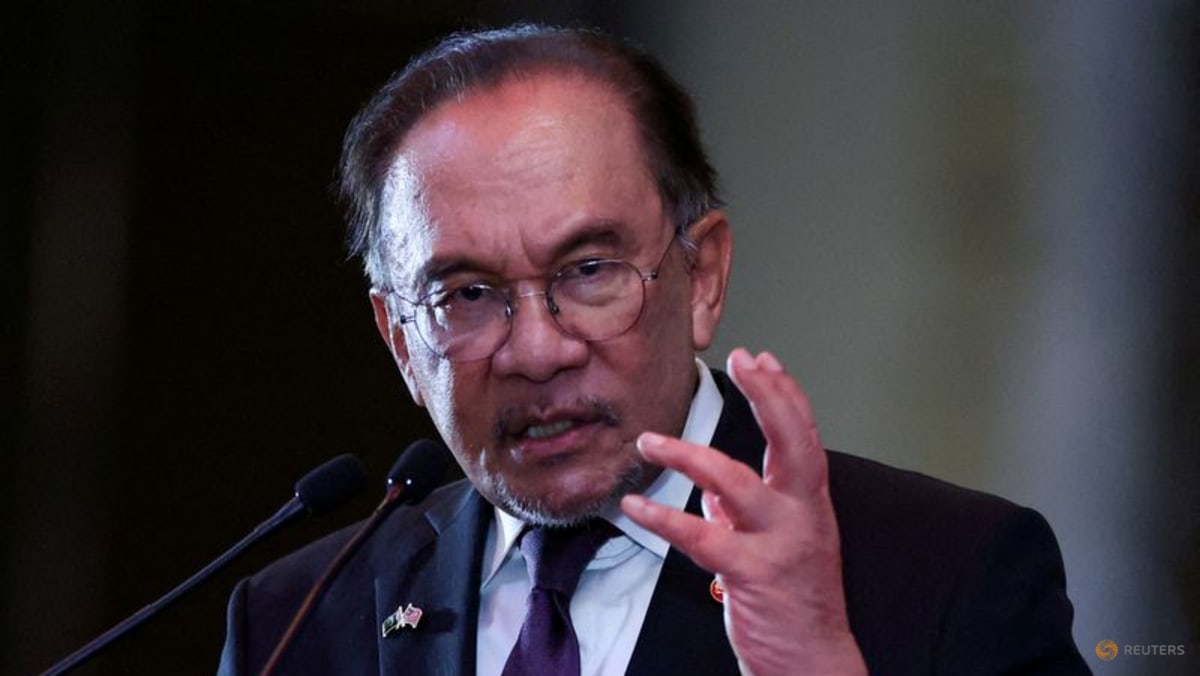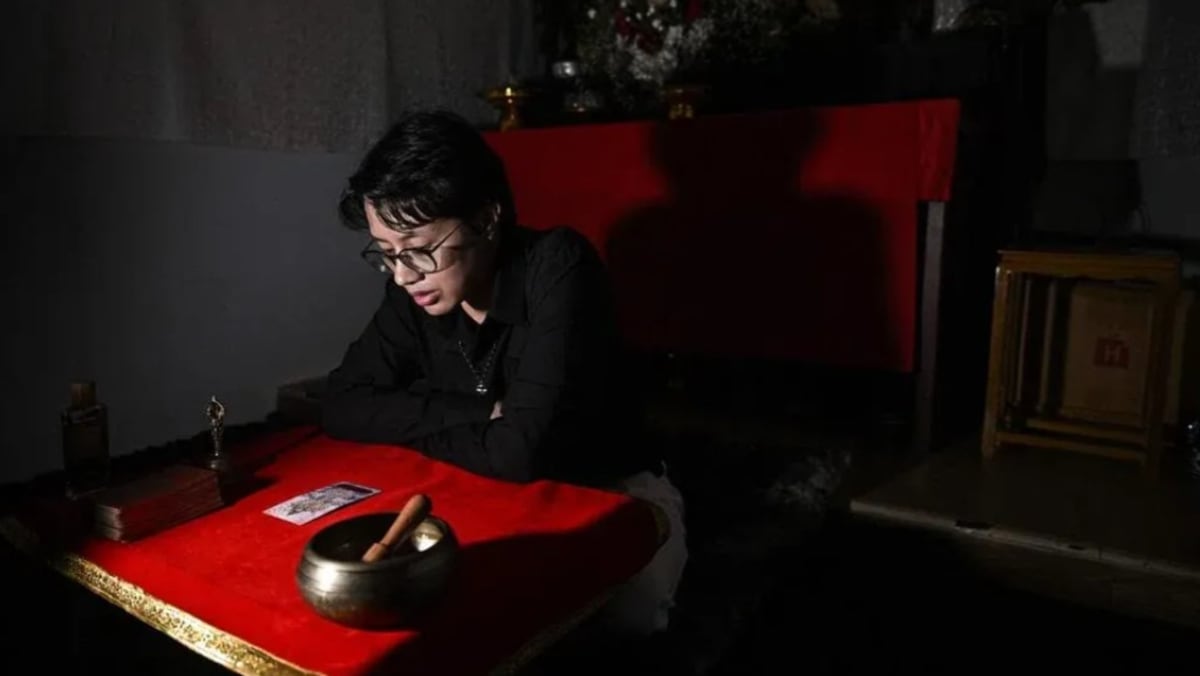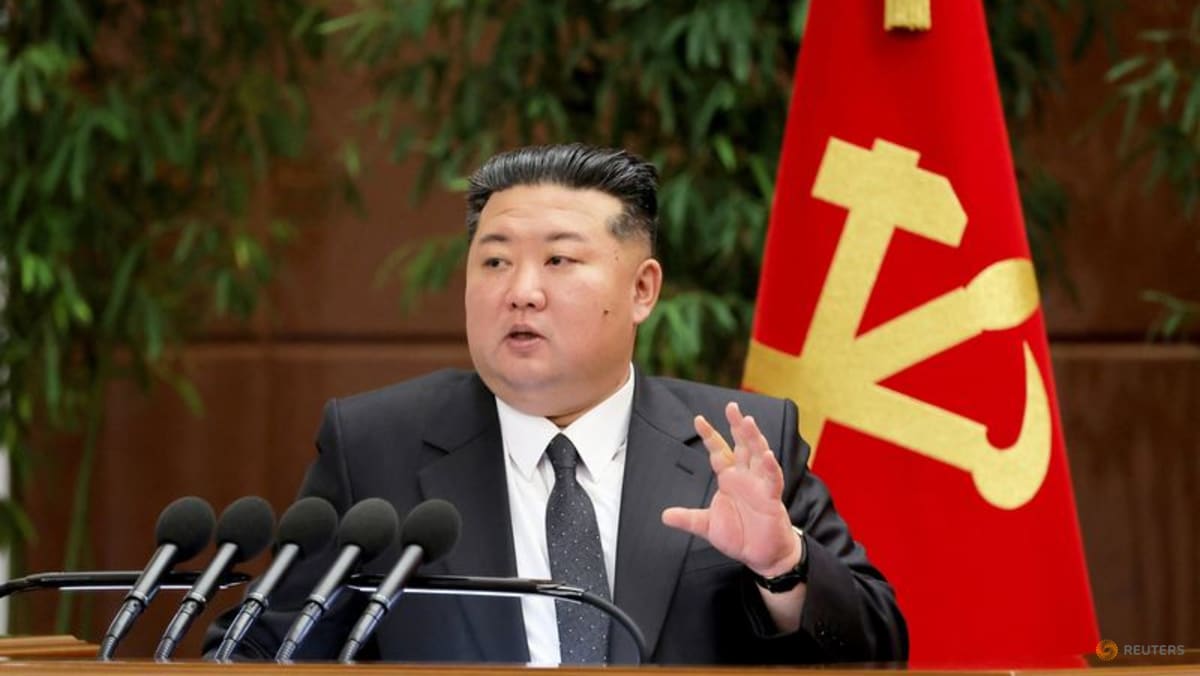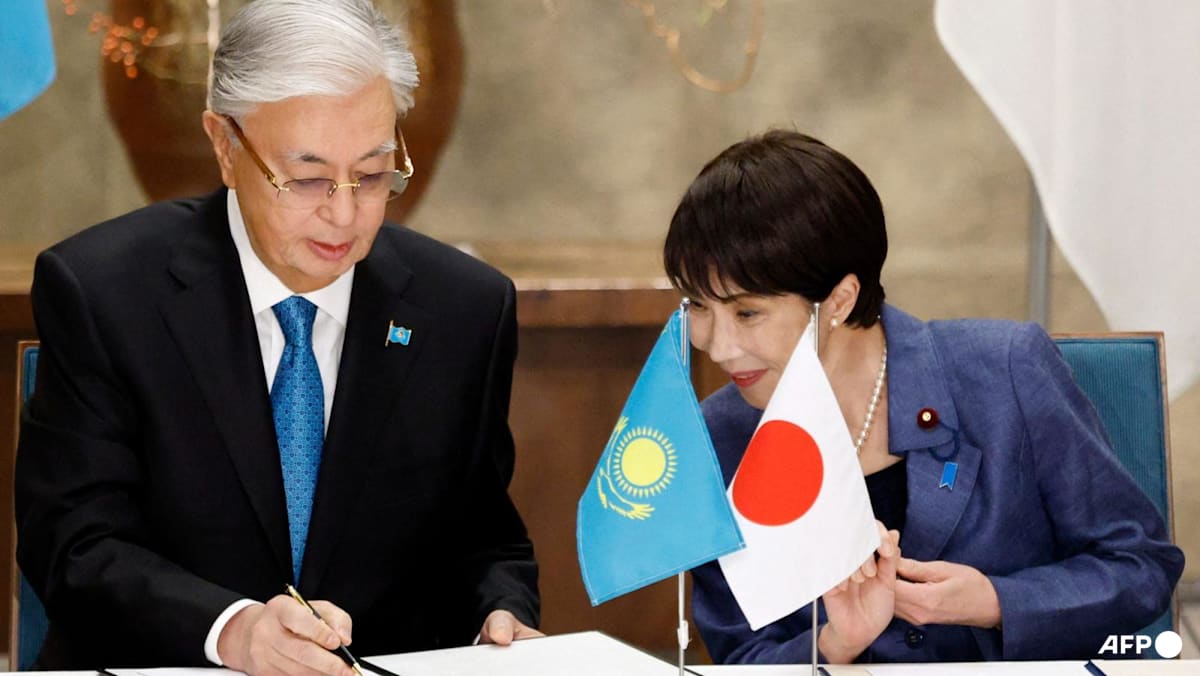As thousands of languages threaten to vanish globally, Japan and South Korea look to preserve their dying ones
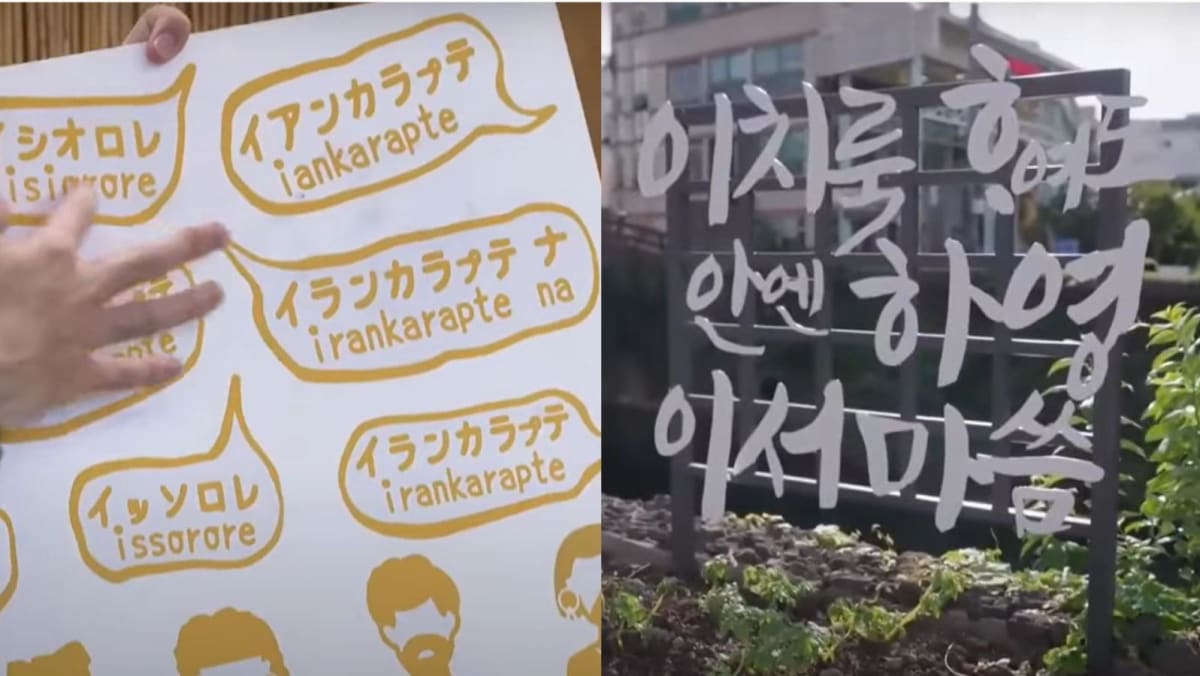
HOKKAIDO / JEJU: The label of being Ainu haunted Miyuki Muraki throughout her childhood.
“Since I was a child, I was called Ainu and bullied,” the 64-year-old said. “Because of that, there was a period when I hated the word ‘Ainu’.”
The ethnic group, who are indigenous to the lands of northern Japan and were the earliest settlers of Hokkaido, have been suppressed for decades. The Meiji government outlawed their customs and traditions in the late 19th century.
While Japan is now spending millions of dollars to support the Ainu people and their culture, fears of discrimination remain, causing some like Muraki to stop speaking the Ainu language altogether.
Her workplace, the National Ainu Museum and Park – also called Upopoy, an Ainu term for “let’s sing” – has been trying to revive the dying language, which has been designated as critically endangered by UNESCO.
Meanwhile, nearly 2,000km away, South Korea’s largest island of Jeju is also attempting to reverse the decline of its language.
Once an inseparable part of the volcanic island’s identity, the Jeju-eo language was similarly designated as critically endangered in 2010 and has largely been replaced with standard Korean.
But public curiosity is helping to drive a revival of sorts. Jeju-eo has also found an unlikely ally in social media, where it is gaining a growing following.
Source: CNA








